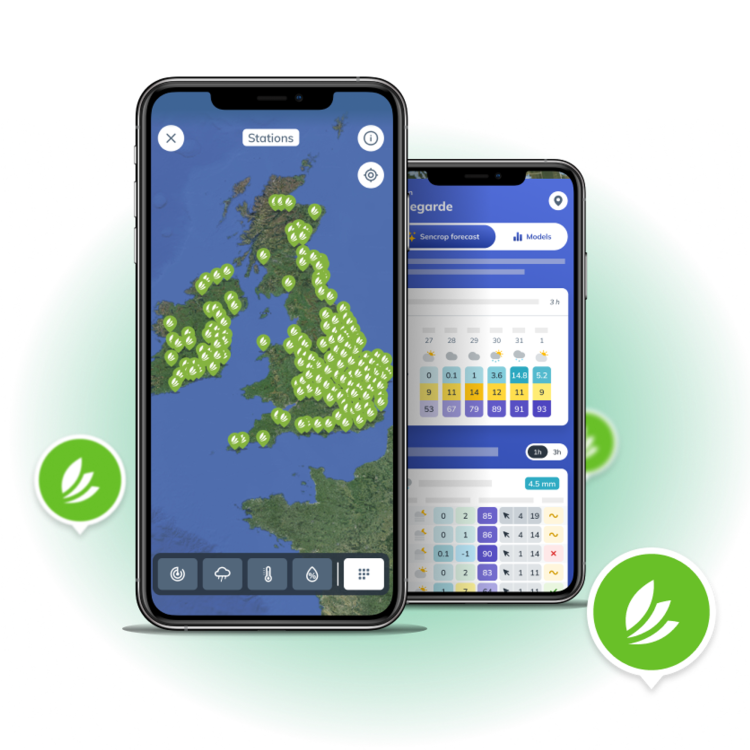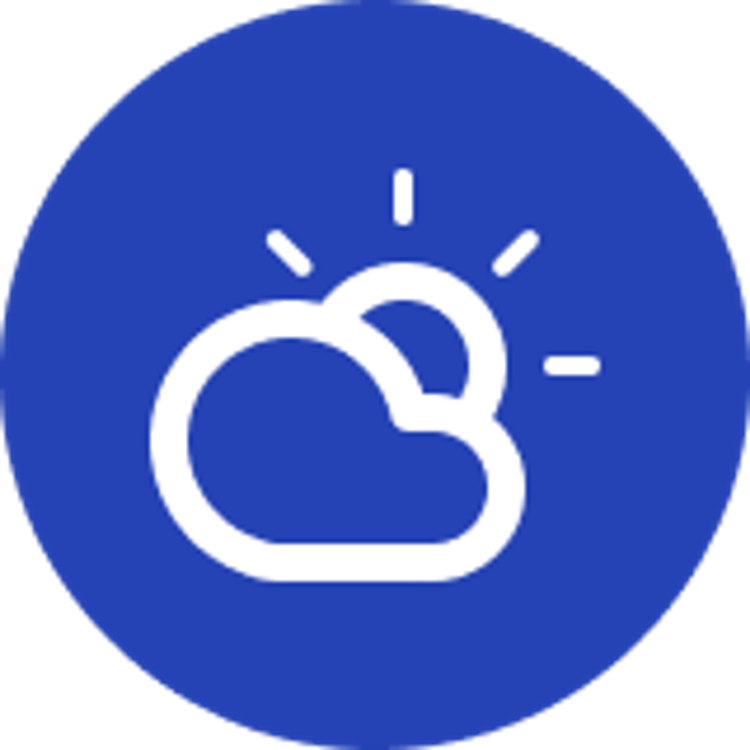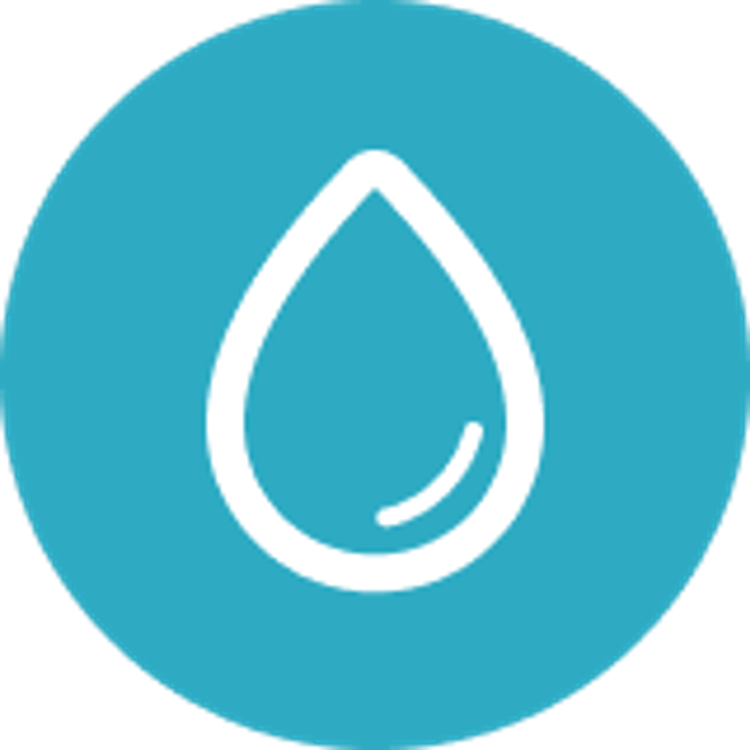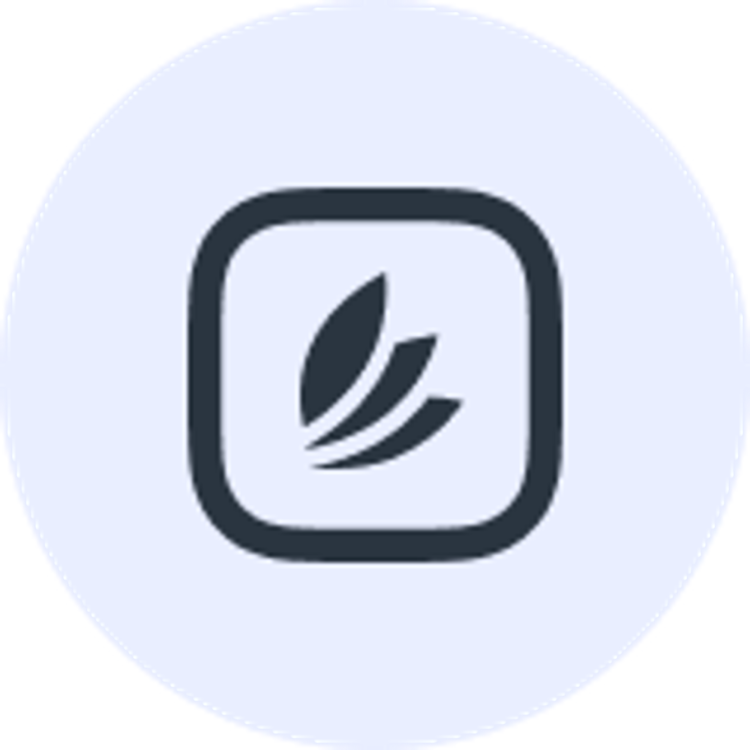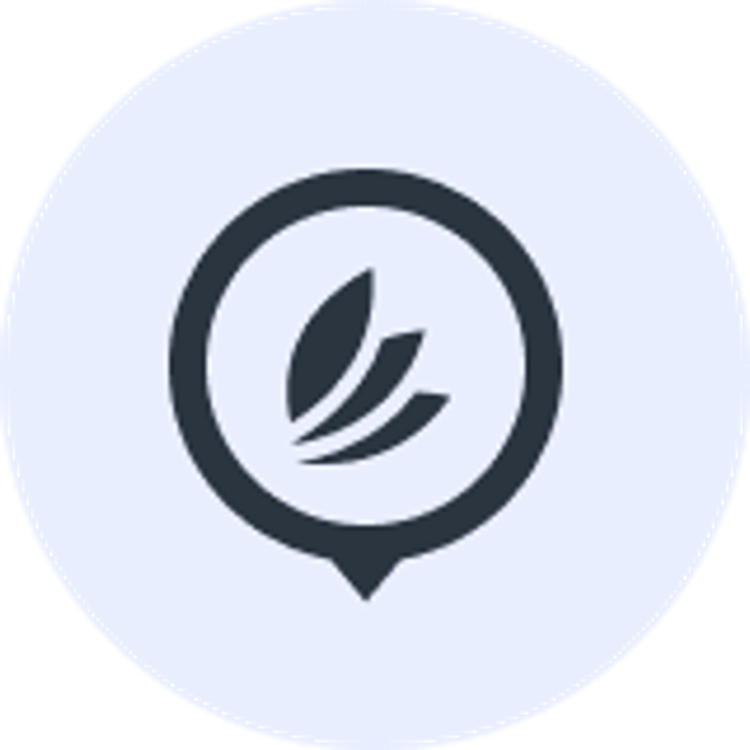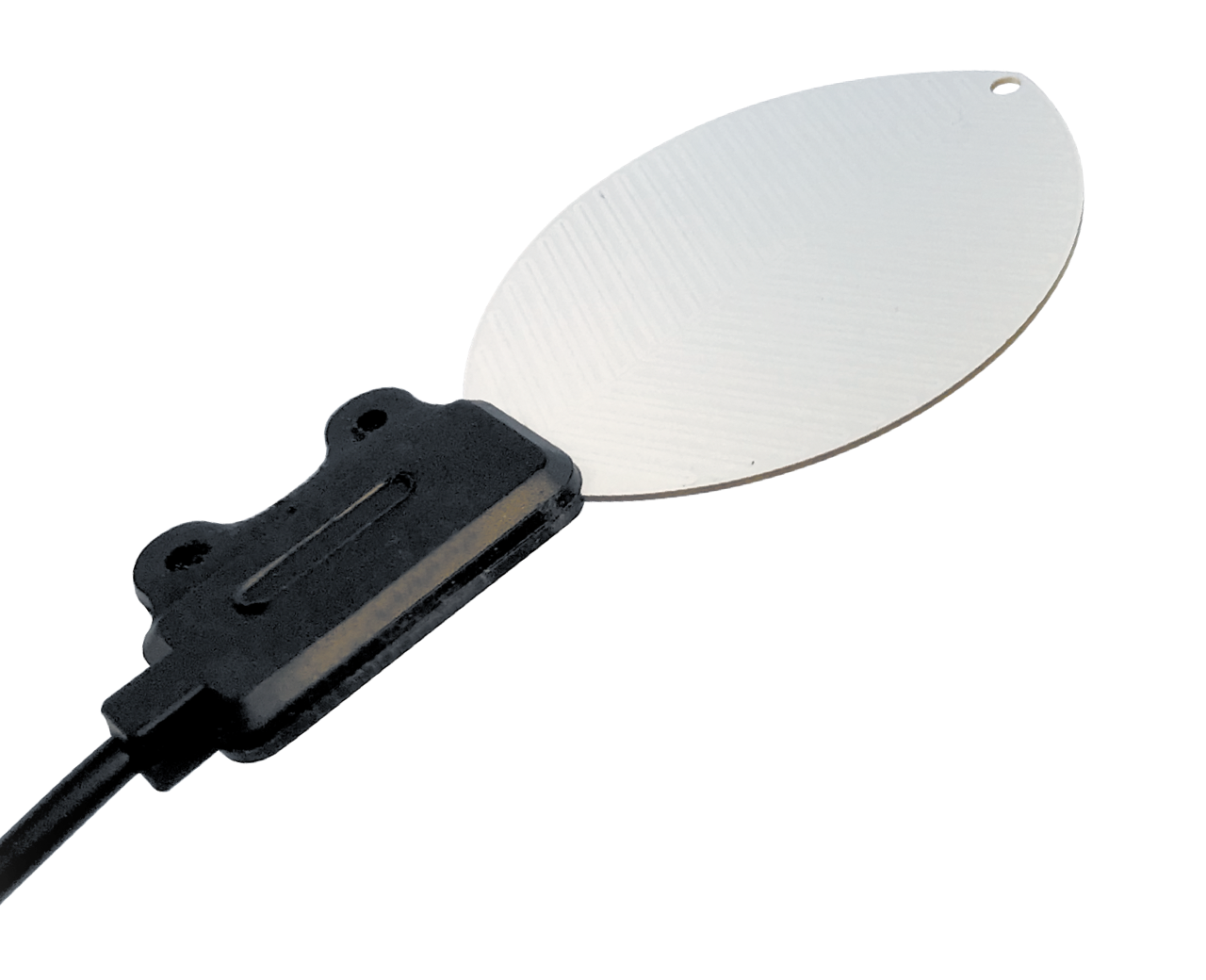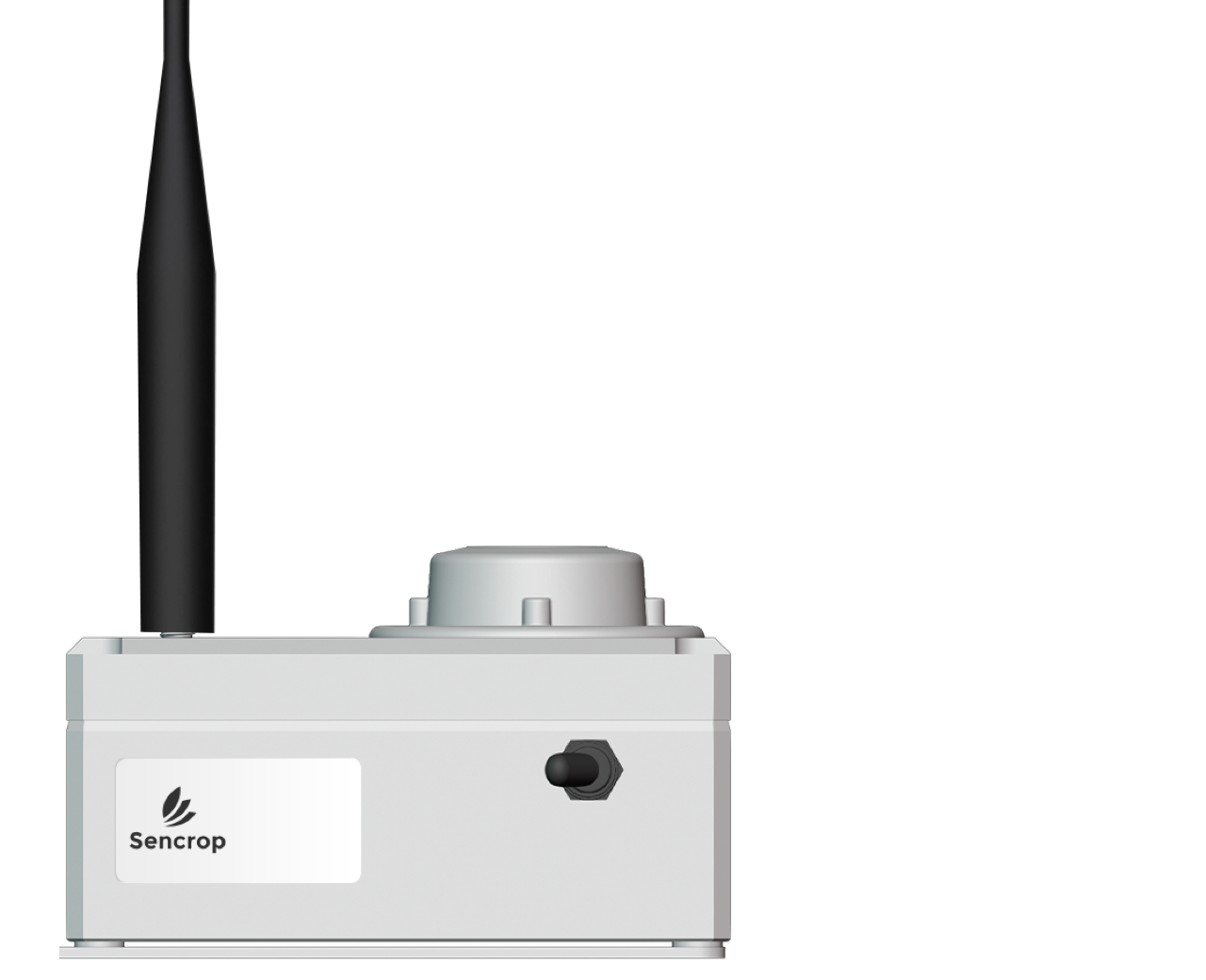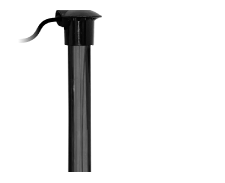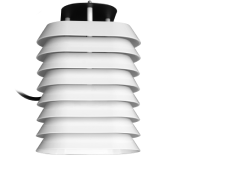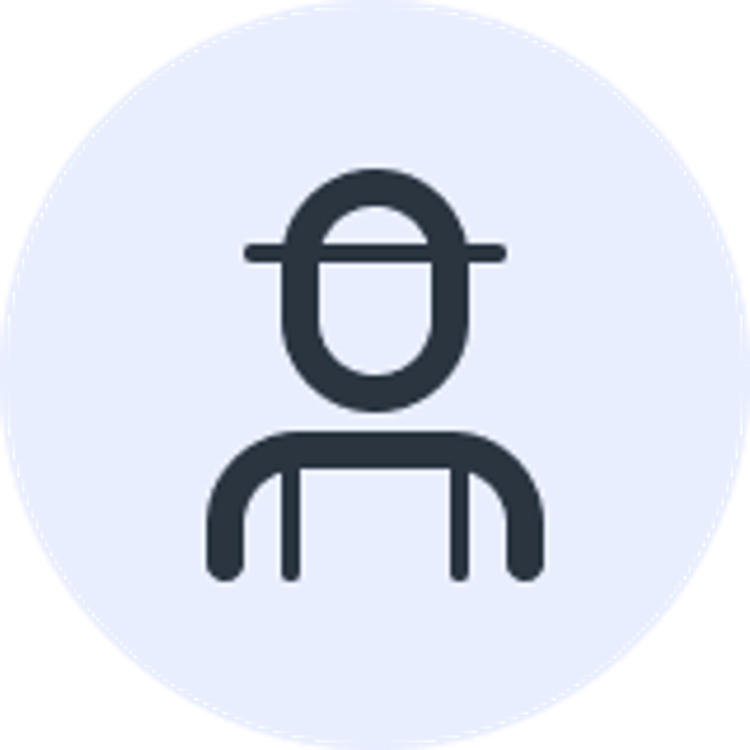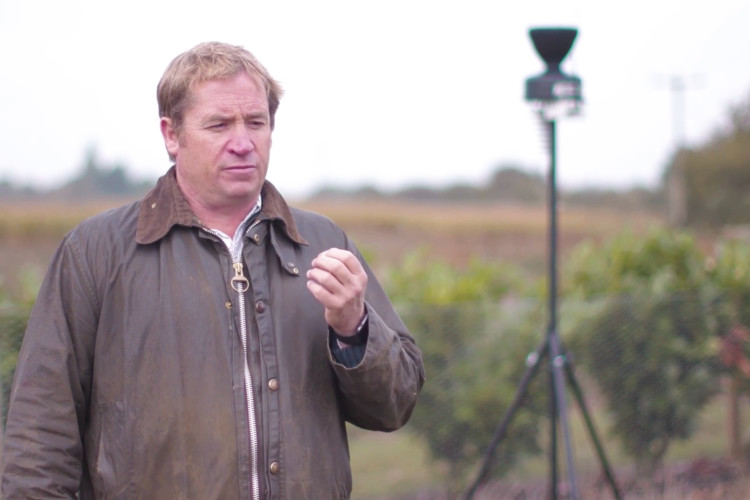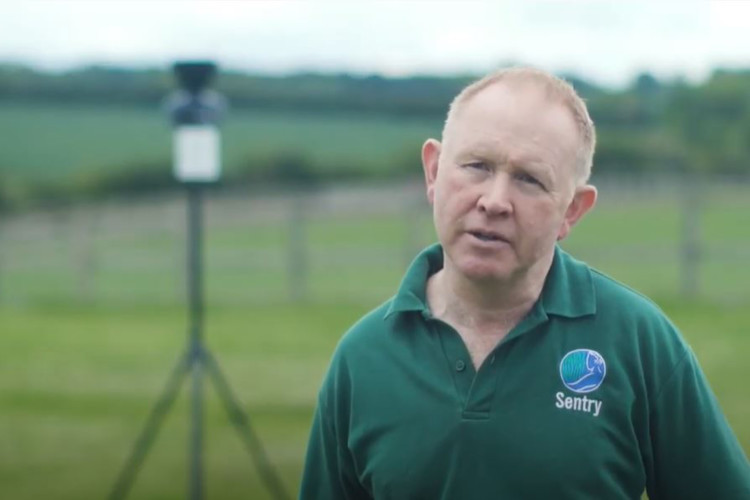Arboriculture: Case Study
The role of the weather in arboriculture is crucial. Sencrop indicators can help you protect your plots regardless of their size, distance, or number.
Crop management
Tree disease prevention
Savings on input costs
Irrigation management
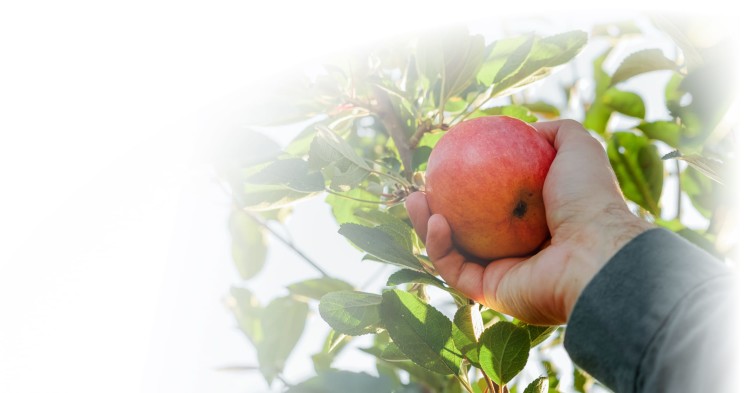
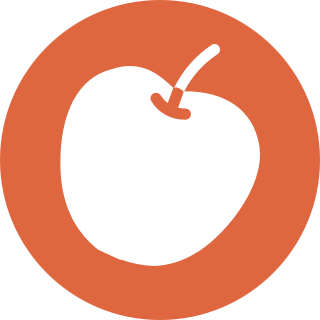
RISKS
Detection of Risks and Tree Diseases
Rain, humidity, and temperatures are all key factors when it comes to the risks of tree diseases, frost or post-spraying washout.
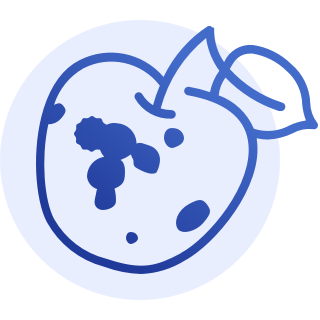
Scab
Apple trees are particularly susceptible to this fungal disease which affects both fruits and leaves. It severely impacts yields in arboriculture.
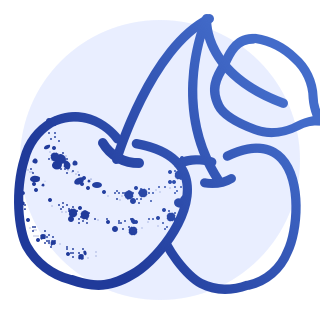
Monilinia
Monilinia mainly affects stone fruits and is characterised by the destruction of flowers and fruits gradually rotting.
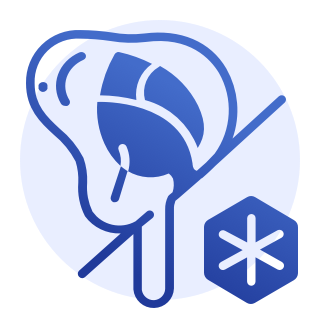
Frost
The impact of frost on trees varies based on how severe the event is, the variety and the growth stage. Vigilance is key.

Codling Moth
This moth is one of the most abundant tree pests. It mostly targets apple and pear trees but does attack walnut and quince trees.

Powdery Mildew
Powdery mildew is a tree disease caused by a fungus. It can also affect many other plants. Its insidious development makes it difficult to detect.
CASE STUDY
Prepare for the Early Season and for the Coming Season
How can you ensure healthy development for your trees in the early season and during the growing season when they face so many risks related to diseases, pests, and frost?
Frost Prevention
Because of climate change, farmers are increasingly concerned about the risks associated with frost, particularly towards the end of winter. Arboriculture is not left unscathed. The most critical season remains spring, during bud burst.
To counter the effects of frost in arboriculture, effective actions should be taken at the right moment: wind turbines, heaters or sprinkling systems.
To that end, Sencrop puts two solutions at your disposal: the Leafcrop wetness sensor and the Raincrop rain gauge, which indicates wet-bulb temperature. All you need to do is set up an alert to act at the desired time.

Treatment Optimisation and prevention of ground washout
The success of phytosanitary treatment applications depends on many factors. Thanks to Sencrop’s stations (such as the Leafcrop), you can rely on accurate, consistent ag-weather data straight from your plots.
The benefits? Higher efficiency, optimised management, and savings in treatment agent. The indicators cover:

Alerts and Decision-Making
You will have understood that acting at the right time is crucial to protect your orchards:
To help you make the right decisions, Sencrop offers an alert system which informs you in real time when certain elements in the data collected warrant it, or when data changes are observed.
You can program these alerts based on your own situation (frost alert, sowing alert, etc.).

Decision Support Tools
Sencrop allows you to combine your weather data with decision support tools designed for arboriculture. This gives you all the keys to make the right calls: These partners are not always available for your geographical area.
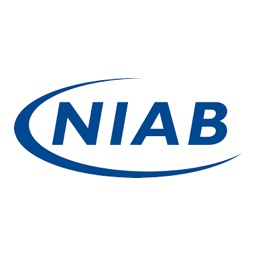
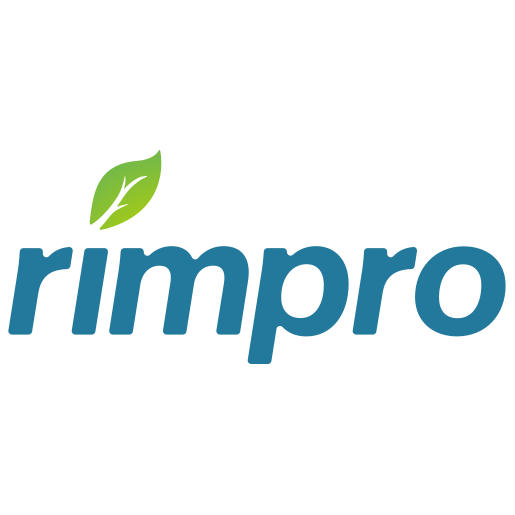

26.63
%
of all Sencrop fruit growers
have already connected their Sencrop app to a DST.
-19
%
drop in annual yield
of peaches and nectarines in Europe in 2020 vs 2019 because of spring frosts. Sencrop sounds the alert in case of frost to improve reactivity and avoid yield loss.
Local weather
14 days to try the application for free
Sencrop has the biggest network of ag-stations in UK : find the nearest station or network from you. Find out more about it now! The Sencrop network covers the entire European territory.
Other Case Studies
Beyond fruit tree diseases and pests, other crops are affected by weather-related issues. Read Sencrop’s other case studies to see other examples:
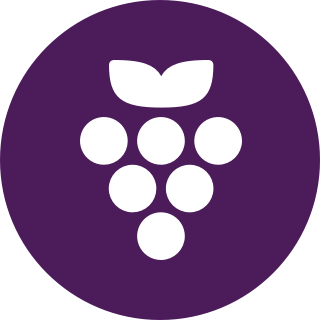
Viticulture
Find out how to protect your vines from diseases (mildew, powdery mildew, etc.) and frost, which can affect quality and yield.
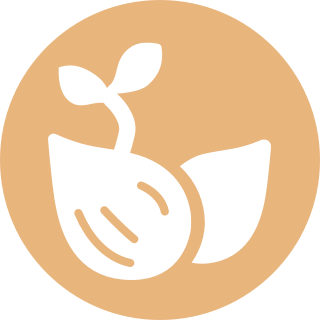
Seed production
Seed production demands particular technical sophistication and accurate monitoring that relies on being able to depend on growth parameters.
Try Out Sencrop for Free before subscribing!
14-day free trial
Access to data from the 2 nearest stations
No special equipment required
No obligation to buy
